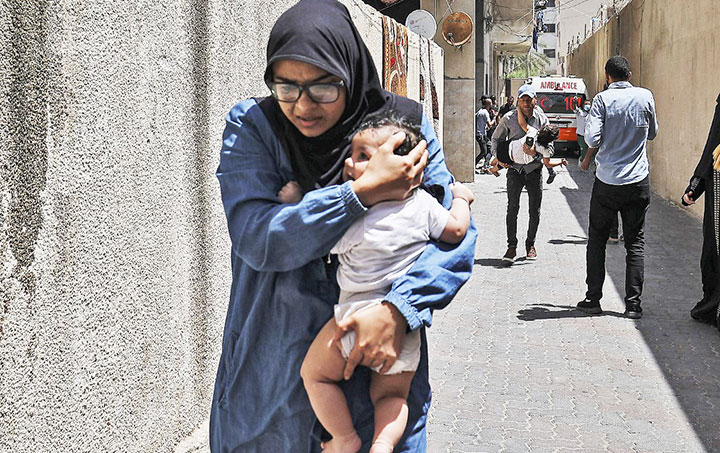By: Our Correspondent
ISLAMABAD: Tobacco industry is using celebrity faces to promote tobacco and they have understood the value of engaging celebrities in their promotional tactics to encourage youngsters to initiate smoking, this was said by Malik Imran Ahmad, Country Head Campaign for Tobacco Free Kids (CTFK) during a virtual press conference arranged by the Society for the Protection of the Rights of the Child (SPARC).
Malik further said that in Pakistan celebrities like Fawad Khan, Waseem Akram who are role models for our young generation and are followed by millions are misguided by the tobacco industry for promoting tobacco. The tobacco industry using celebrity athlete endorsers and the endorsed products may influence product attitudes of being fit. He further added that in the past, tobacco companies openly paid movie studios and stars to feature their products. Tobacco and related industries have increasingly preyed on children and adolescents, engaging in advertising tactics like sponsorships and influencer marketing to target them directly that threaten their health.
Khalil Ahmed Dogar, Program Manager SPARC said there are 1.3 billion tobacco users worldwide. That number would be even larger if tobacco didn’t kill half of its users. Every four seconds, tobacco takes another life. In Pakistan daily 1200 children start smoking. Decades of the tobacco industry’s deception and devious tactics have hooked generations of users to nicotine and tobacco, driving this global epidemic. He added no actions are being taken by the law enforcement agencies on this unashamed violation.
He further said the cheap availability of cigarettes in the market lifts the affordability. In Pakistan, cigarettes are available at a much cheaper rate as compare to the South Asian region. The World Bank recommends the government ensures a rise of at least 30 percent tax on tobacco products yearly to surge the revenue and reduce overall consumption of tobacco. Government must impose a tax on tobacco products to ascend the revenue, reduce the burden on health infrastructure and its affordability to the youth.



